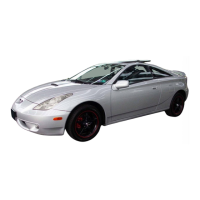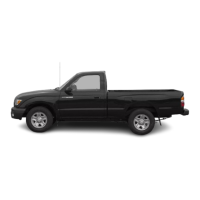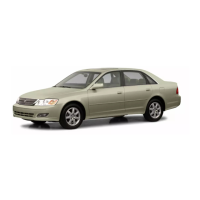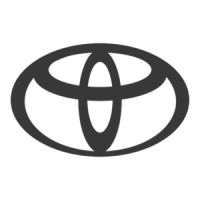Illustration:
what to do and where
Component part No.
Detailed test: how to perform task
Task heading: what to do
Set part No
Illustration:
what to do and where
Component part No.
Task heading: what to do
Set part No.
D26745
01–2
–INTRODUCTION HOW TO USE THIS MANUAL
2Author: Date:
2002 CAMRY REPAIR MANUAL (RM881U)
(d) Tightening torque, oil applying position, and non–reusable parts are described as important points in
the procedure.
NOTICE:
There are cases where such information can only be indicated by an illustration. In that case, all the
information such as torque, oil, etc. are described in the illustration.
(e) Installing procedure of operation items is performed in the reverse order of the removal, and only the
important points are described.
(f) Only items with points are described in the procedure, and the operational portion and content are
placed using an illustration. In the explanations, details of the operational method, standard value and
notice are placed.
(g) There may be a case where the illustrations of the similar models are used. In that case the details
may be different from the actual vehicle.
(h) The procedures are presented in a step–by–step format:
(1) The illustration shows what to do and where to do it.
(2) The task heading tells what to do.
(3) The detailed text tells how to perform the task and gives other information such as specifications
and warnings.
Example:
HINT:
This format provides an experienced technician with a FAST TRACK to the necessary information. The task
heading can be read at a glance when necessary, and the text below provides detailed information. Impor-
tant specifications and warnings always stand out in bold type.
5. SERVICE SPECIFICATIONS
(a) Specifications are presented in bold type throughout the manual. You never have to leave the proce-
dure to look up your specifications. The specifications are also found in the Service Specifications sec-
tion for a quick reference.
6. TERMS DEFINITION
CAUTION Indicate the possibility of injury to you or other people.
NOTICE Indicate the possibility of damage to the components being repaired.
HINT Provide additional information to help you to perform the repair efficiently.

